April 8, 2025
When you invest in creating a stunning outdoor space, whether it’s a beautifully landscaped garden, a sleek patio, or a backyard hosting space, you’re crafting a vision for both aesthetics and functionality. But have you thought about how you’ll enjoy that space once the sun sets? Too often, homeowners overlook the transformative power of lighting, thinking of it as an unnecessary luxury rather than a smart addition. However, outdoor lighting is more than just a decorative element. It’s an investment in extending the usability, safety, and overall impact of your landscape. The Nighttime Landscape: Untapped Potential Think of your newly designed landscape as an extension of your living space. During the day, you enjoy the full vibrancy of your garden’s flowers, your patio’s sleek furniture, and the overall ambiance of your outdoor design. But once night falls, the space can quickly become underutilized. Without lighting, your outdoor investment is limited to daylight hours. A beautiful space by day could feel empty, unused, and even unwelcoming after dark. Outdoor lighting can change all of that. By strategically placing lights throughout your landscape, you extend the hours you can use the space, allowing you to enjoy the beauty of your surroundings from dusk until dawn. Whether you’re hosting a gathering, enjoying a quiet evening with family, or simply relaxing outside with a book, lighting helps you get the most out of your investment - day and night. Practical Benefits of Lighting While the aesthetic appeal of outdoor lighting is undeniable, the practical benefits are equally important. Here’s why lighting should be part of your landscape design: 1. Increased Safety and Security One of the first concerns homeowners have when considering lighting is its impact on safety. Well-lit pathways, stairways, and entryways reduce the risk of accidents, ensuring that you and your guests can move around your outdoor spaces safely, even in the dark. Lighting also has an important role in home security. Exterior lighting can deter potential intruders by eliminating dark spots that might otherwise provide cover. Motion-activated lights near entrances or along fences add an extra layer of protection, alerting you and your neighbors to activity around your home. 2. Enhanced Functionality for Nighttime Gatherings Imagine hosting a dinner party or a casual get-together with friends or family, only to have your guests struggle to find their way around in the dark. Lighting makes your outdoor spaces not only more inviting but also more functional. Lighting elements can help create a cozy and welcoming atmosphere, ensuring that your outdoor space is as comfortable and enjoyable after the sun sets as it is during the day. 3. Create a New Perspective of Your Landscape Landscape lighting isn’t just about visibility—it’s about adding a whole new dimension to your outdoor space. Lights can highlight the natural beauty of your landscape in a way that transforms the entire experience. By illuminating trees and architectural features, you can create striking shadows and a play of light that adds depth and drama to your garden or patio. Soft, warm lighting can make the space feel inviting, while cooler lights create a modern, crisp look. The right lighting design emphasizes your landscape’s best features, offering a new perspective on your outdoor space every evening. 4. Boost Curb Appeal and Property Value Quality lighting can increase the curb appeal of your home, making it look more inviting from the street and enhancing the visual impact of your landscaping. Thoughtfully placed lights help define your property’s boundaries, accentuating the overall design and making it stand out, whether it’s the glow of path lights or the soft shine on a decorative water feature. Moreover, investing in outdoor lighting can increase the long-term value of your home. Homes with well-lit, professionally designed landscapes are often viewed as more appealing, making them attractive to potential buyers. In fact, a recent survey found that homes with appealing outdoor lighting had higher resale value, of up to 20% more than those without. Creating the Right Lighting Design for Your Landscape So, how can you make sure your outdoor lighting complements your landscape? Thoughtful planning and design are key to achieving a cohesive and functional look. Here are a few tips to consider: 1. Start with the Basics: Path and Step Lights For safety and navigation, start by installing lights along pathways and stairways. These lights illuminate the ground, guiding guests safely from one area to another. Path lights come in a variety of styles and can be placed along garden paths, driveways, and even near your front door. Incorporating step lights along stairways or elevated decks ensures that every area is easy to navigate. These simple additions immediately enhance safety without detracting from your landscape design. 2. Use Accent Lighting to Highlight Features Outdoor lighting can also be used to accentuate the most beautiful or striking elements of your landscape. Whether it's a tree or planting, a beautiful sculpture, or a decorative garden feature, accent lighting draws attention to those key elements. Uplighting, where lights are placed at the base of trees or other features and shine upward, creates dramatic shadows and highlights. Downlighting, from trees or trellises, mimics the natural moonlight effect and bathes your space in a soft, soothing glow. 3. Add Layers with Lighting Zones A key to a well-designed landscape lighting plan is creating different zones of light, each with its own purpose. This layered approach ensures that your space has both function and visual interest. Some areas should be brightly lit for safety or practical use (e.g., walkways or the front porch), while others may require softer, ambient lighting to create a relaxed atmosphere (e.g., around seating areas or garden beds). The Benefits of Professional Landscape Lighting While DIY lighting projects can be fun, a professional lighting design ensures that your landscape will look its best. An expert landscape lighting company, like Alfresco Landscapes, can help you create a design that highlights your property’s strengths, improves safety, and complements your overall landscape vision. Professional lighting designers understand how to balance different types of lighting and ensure that the lights are positioned to enhance both the function and beauty of your outdoor space. They can also recommend energy-efficient lighting solutions and provide expert advice on the best fixtures, finishes, and designs for your home. Take the Next Step: Invest in Your Outdoor Space Don’t let your beautiful outdoor space sit in the dark when it could be bringing joy and beauty into your life long after the sun sets. With the right lighting, your landscape can be more functional, safer, and more visually stunning—night and day. If you’re ready to enhance your landscape with lighting, reach out to Alfresco Landscapes for a consultation. Our expert team will work with you to design a custom lighting plan that brings your outdoor vision to life. Whether you're creating a new landscape or looking to enhance an existing space, we’re here to help you enjoy your outdoor living area to its fullest potential.
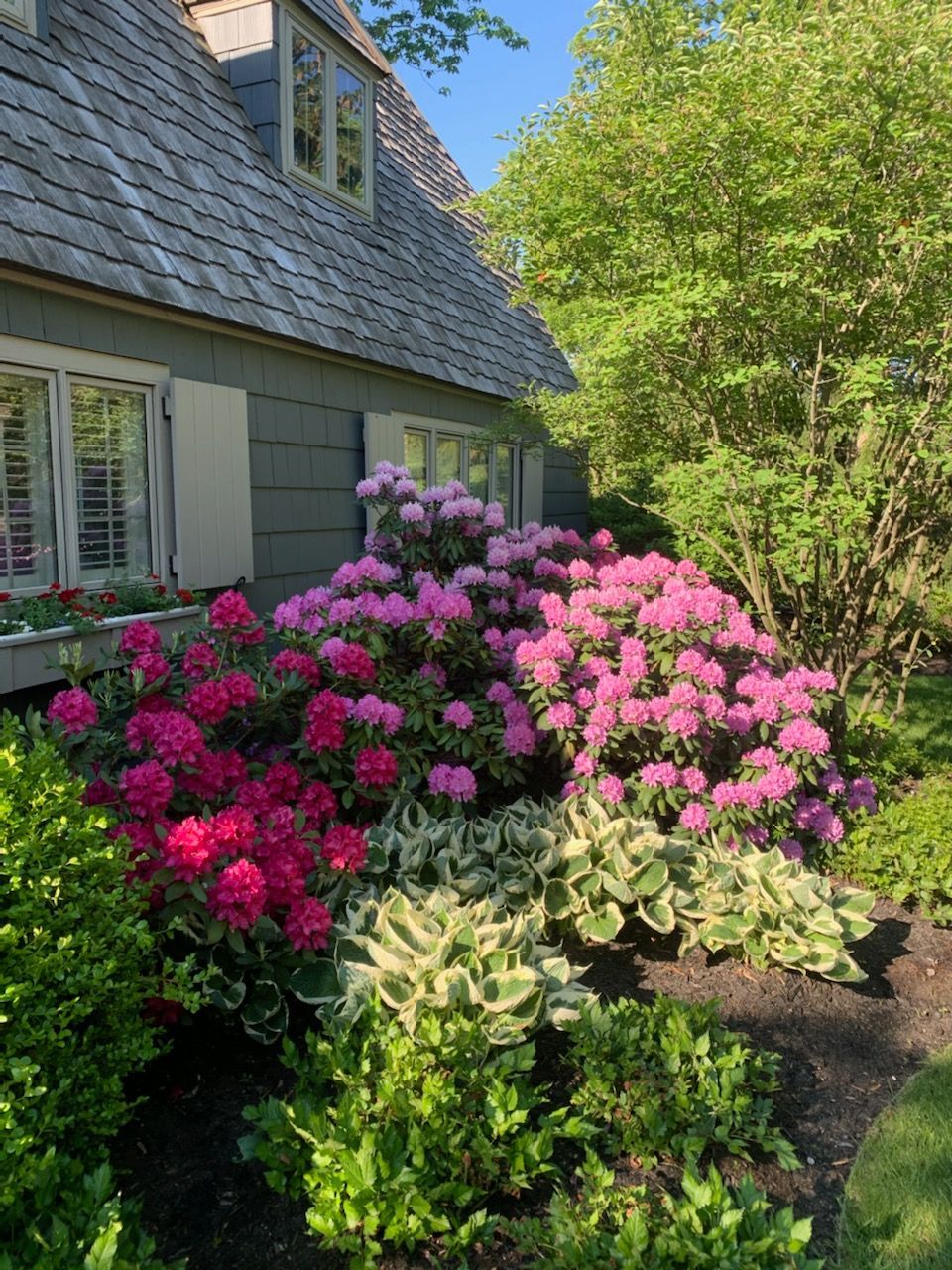
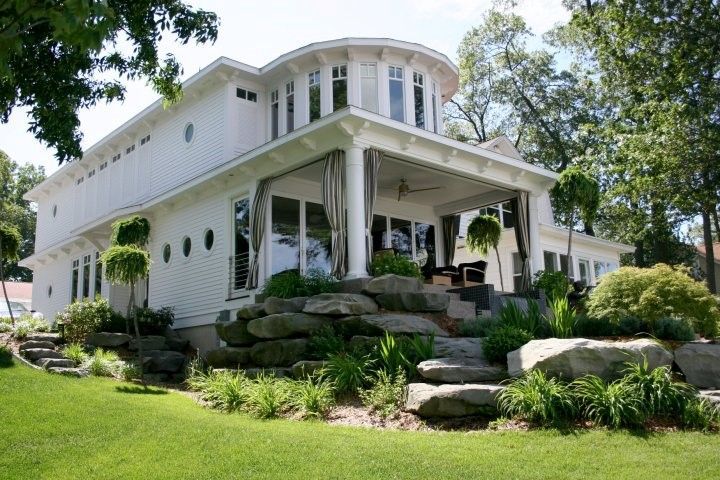
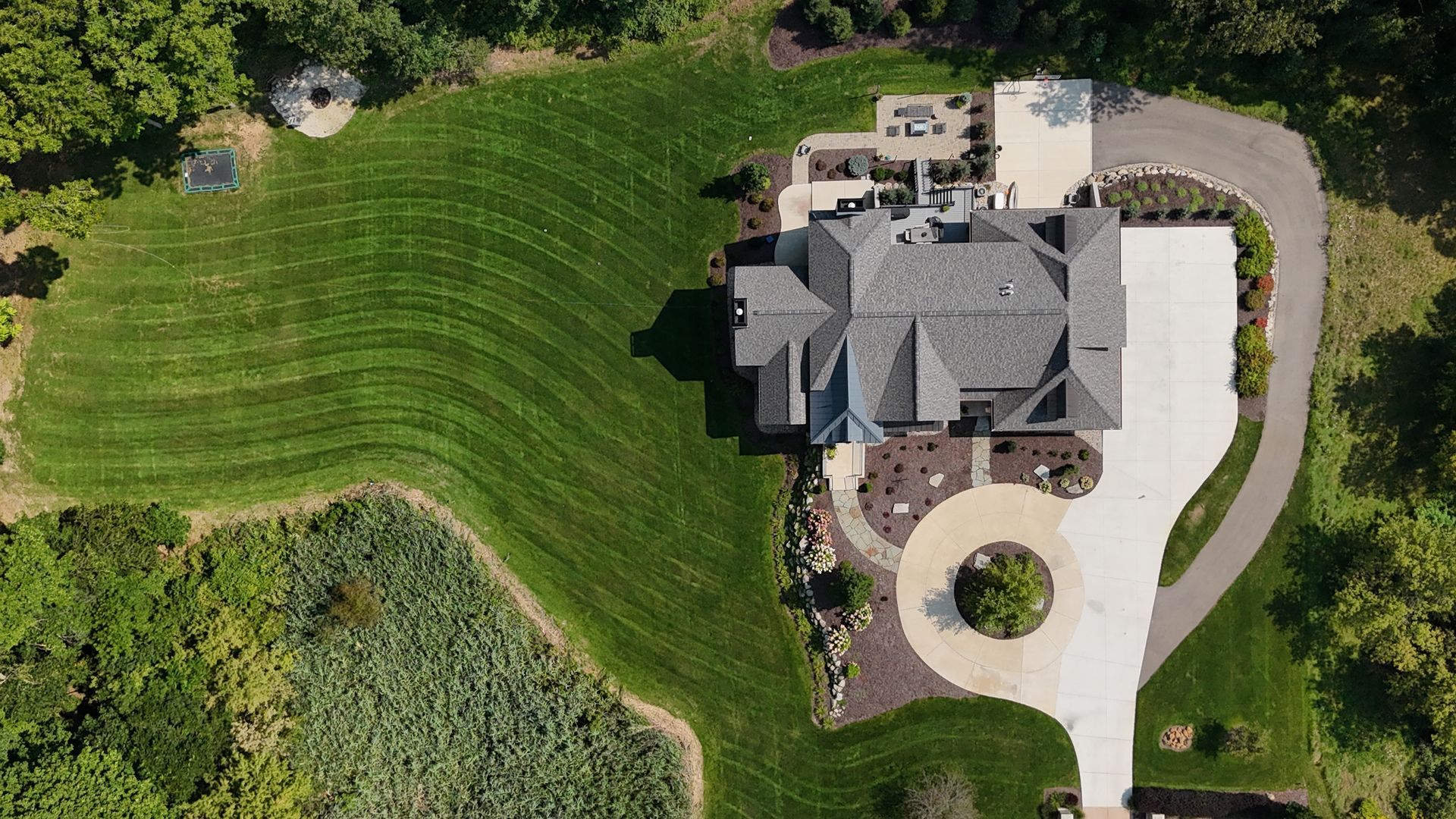

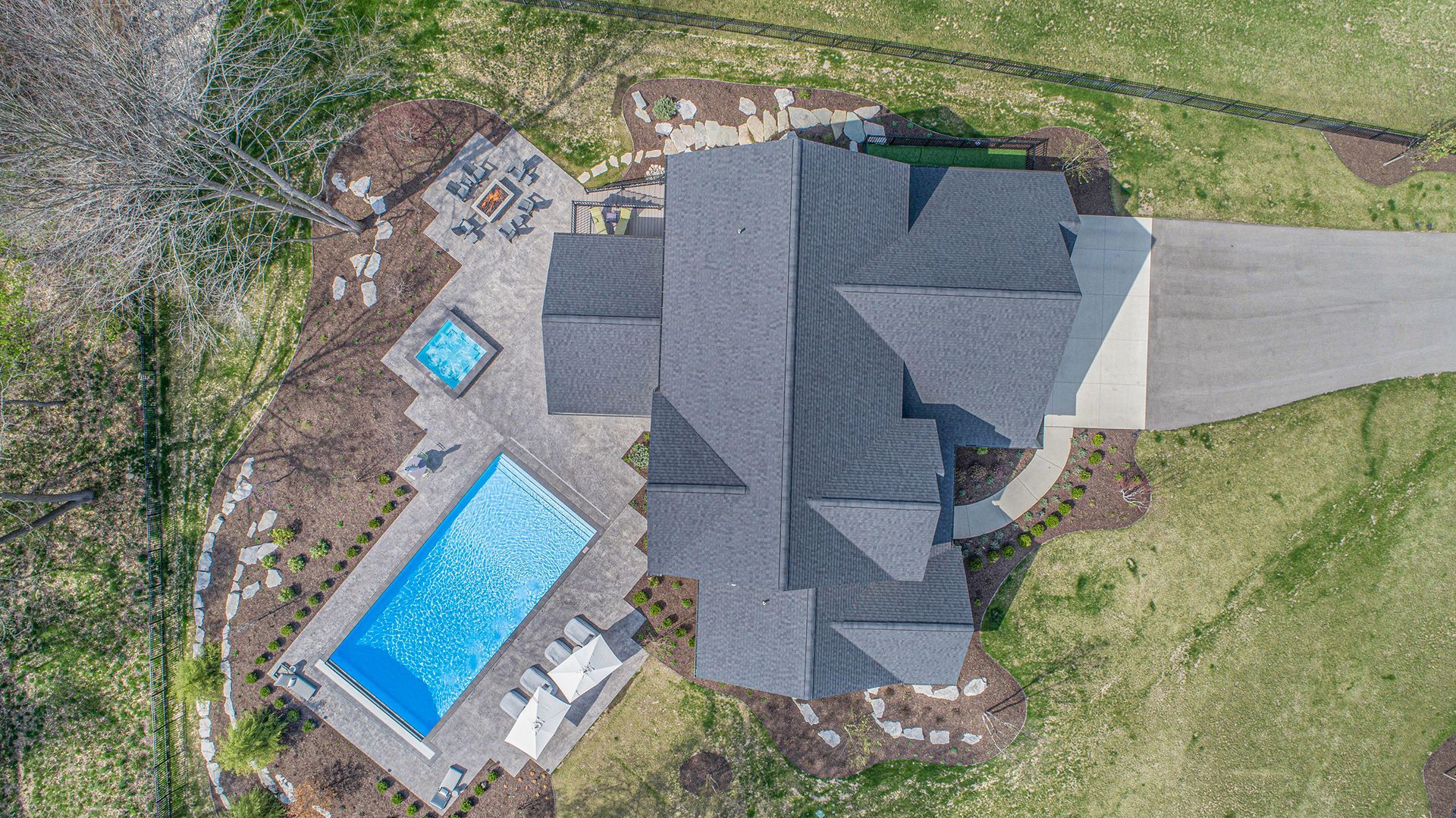
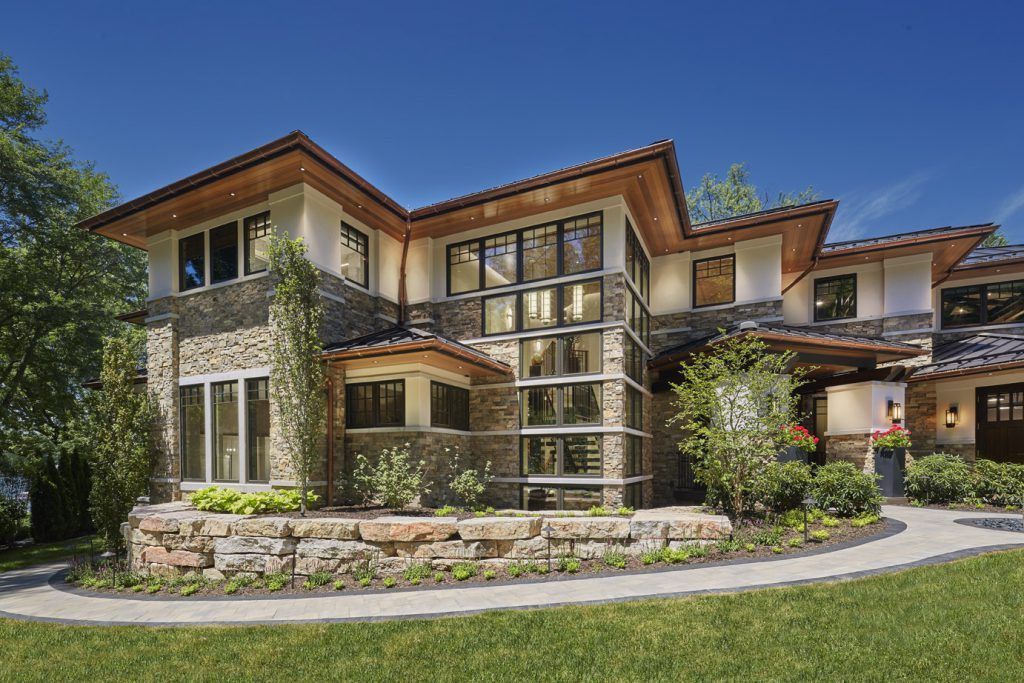
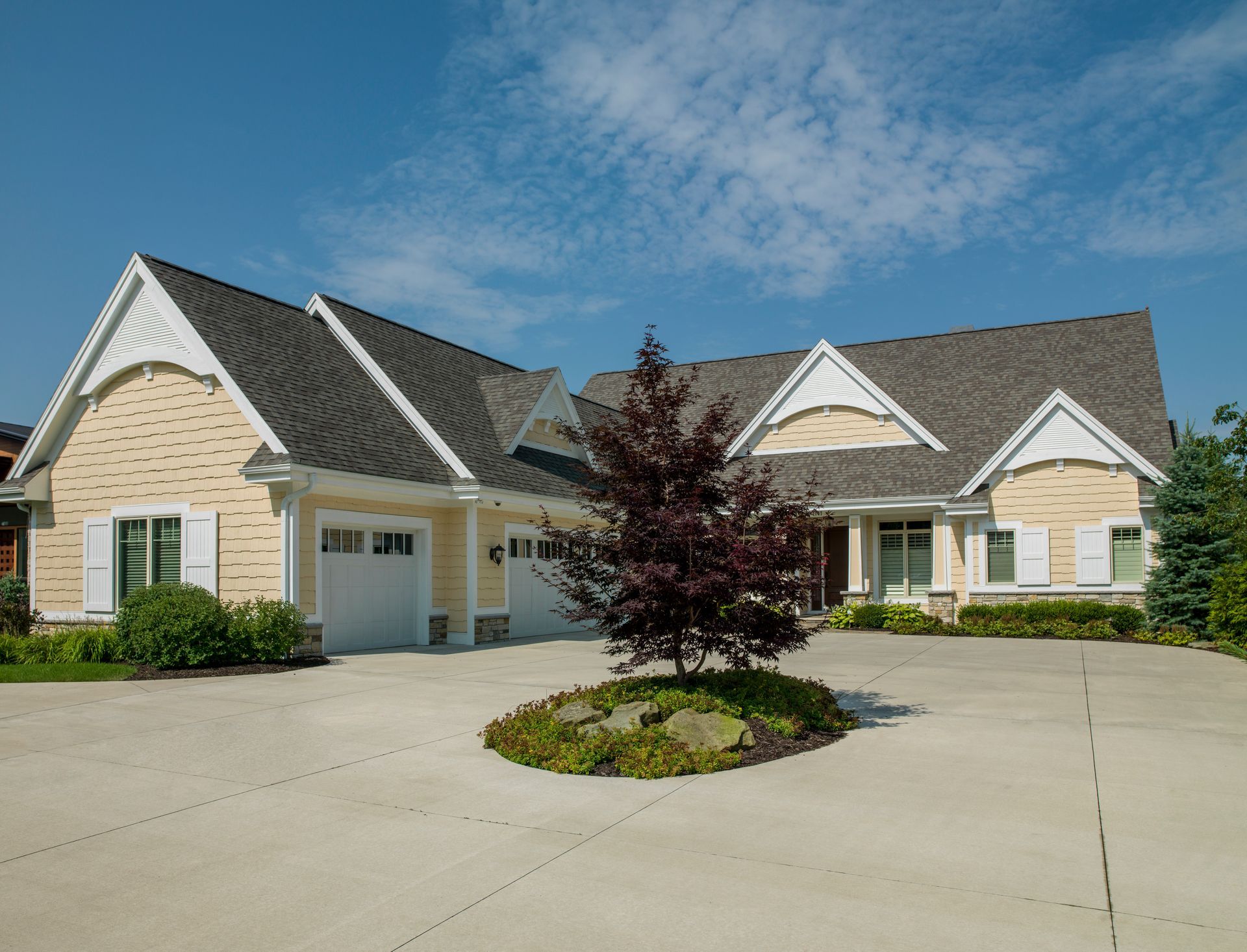
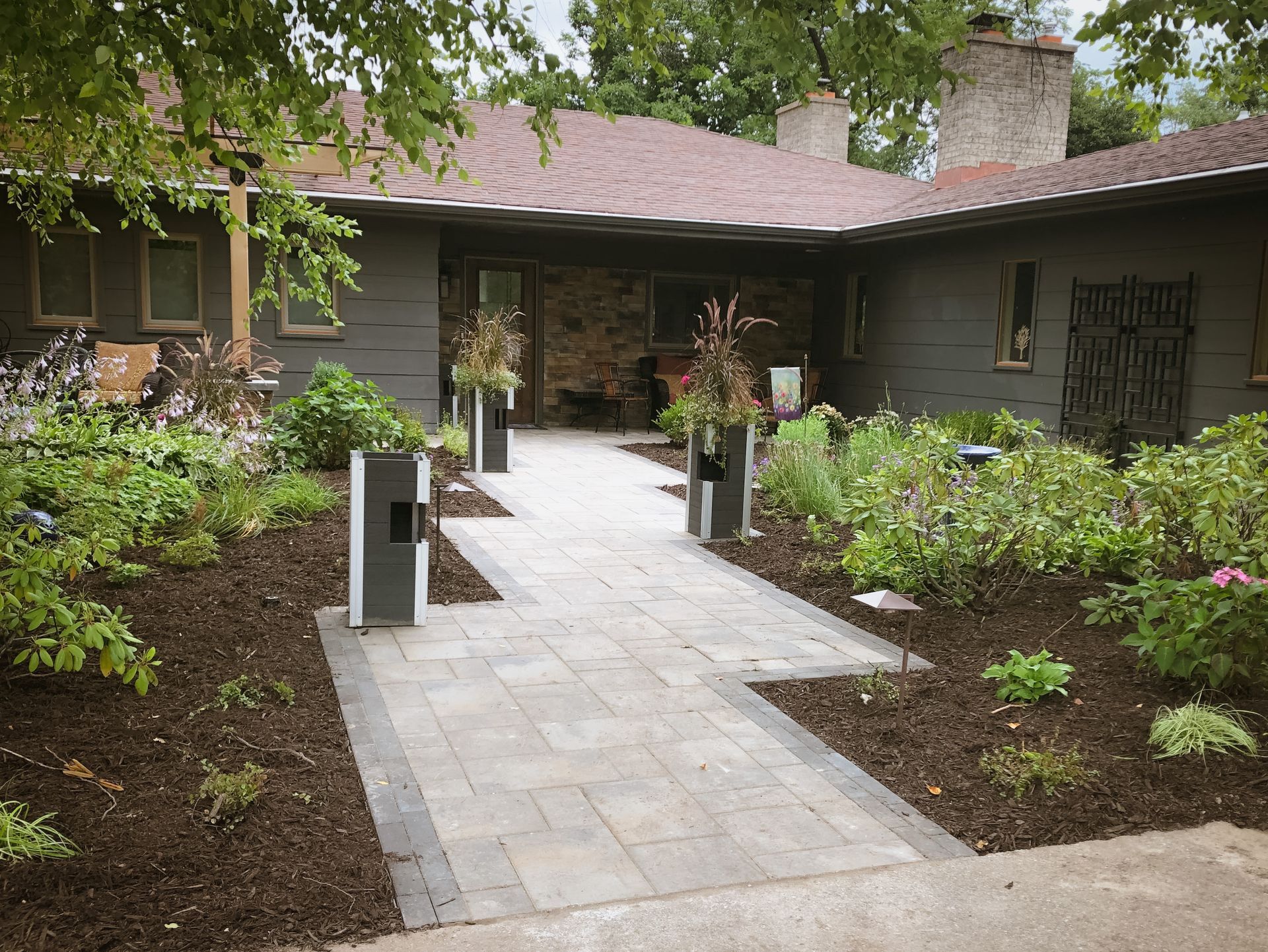
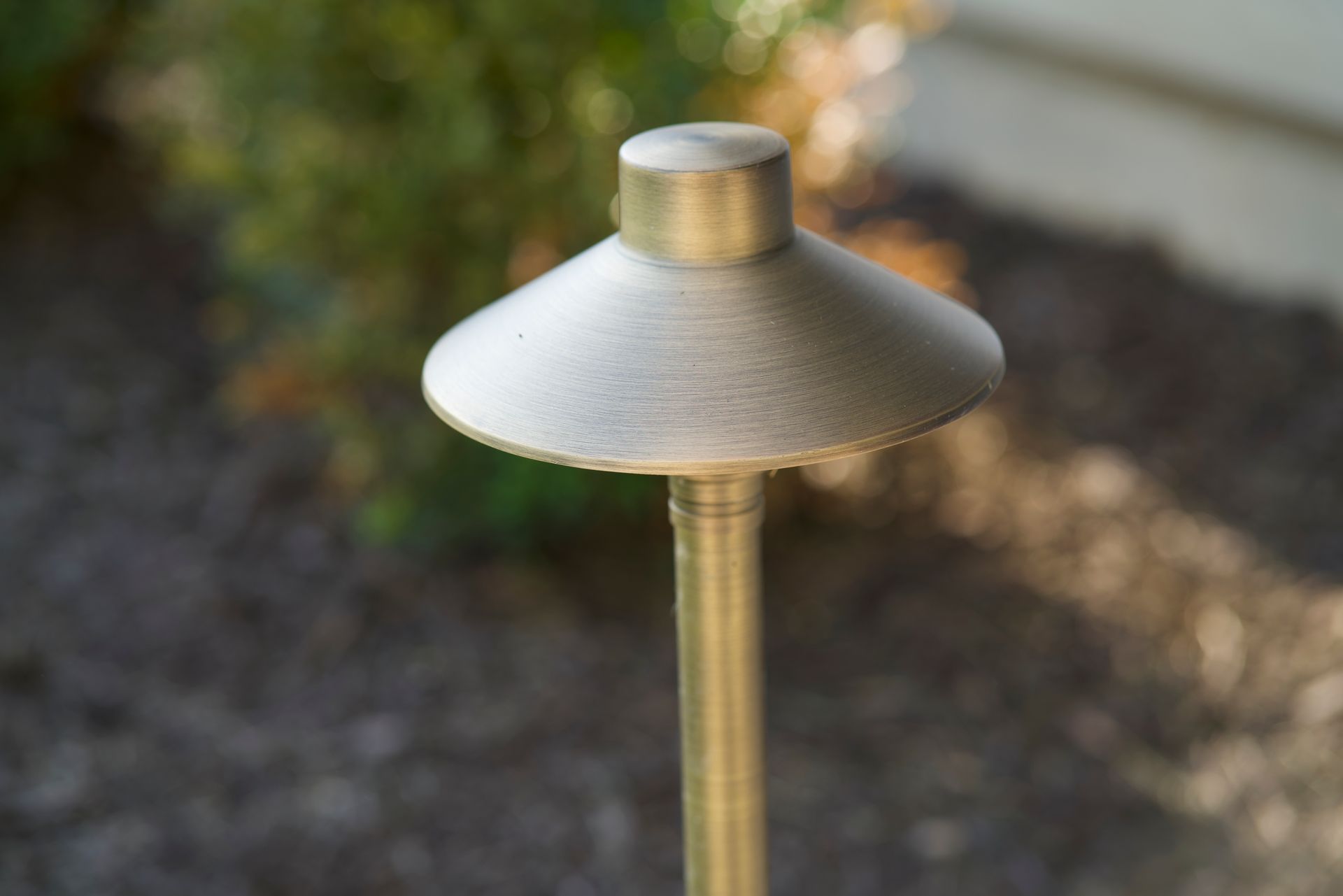

Share On: